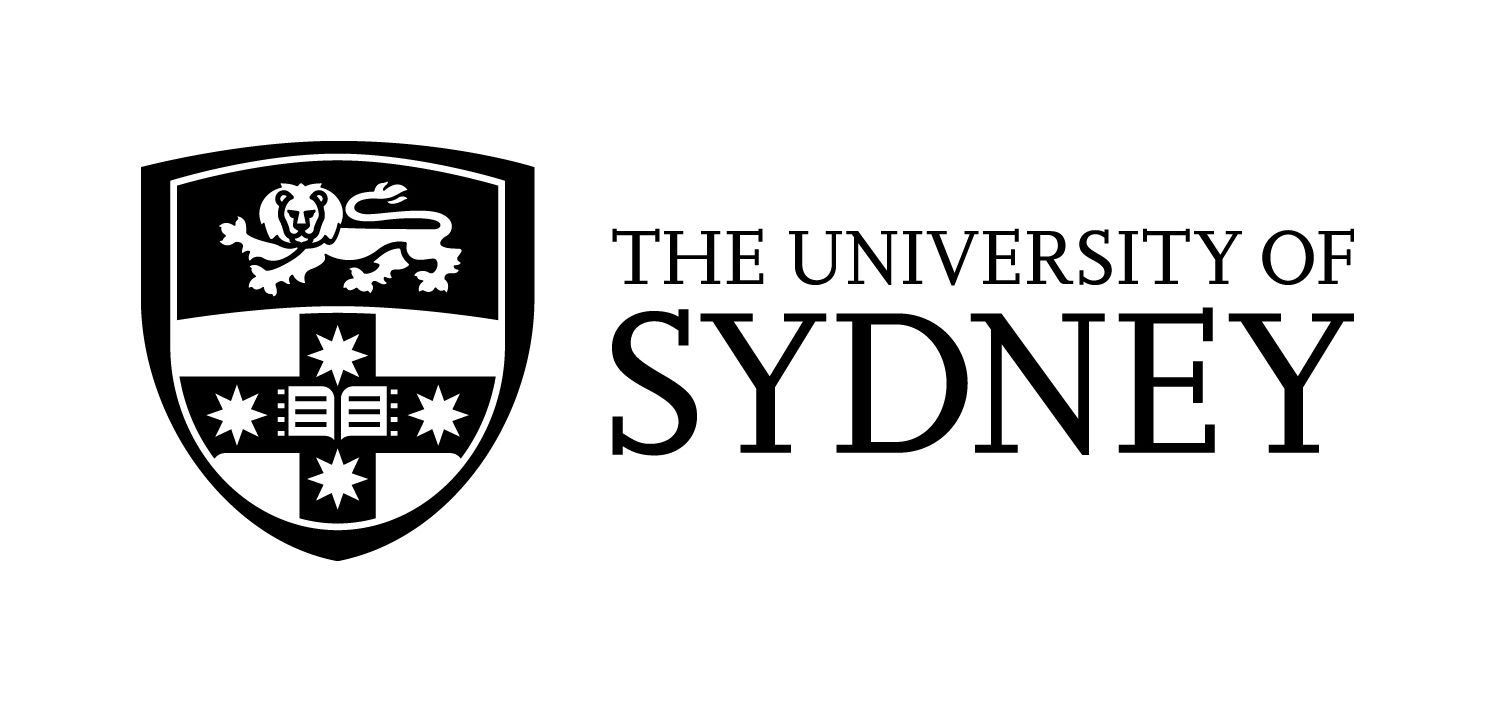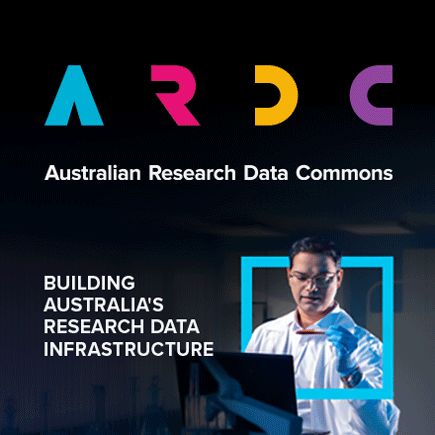Full description
This data collection contains:
- Magnetic Resonance Imaging (MRI) brain image clinical research data;
- Electroencephalography (EEG) clinical research data;
- Neuropsychological test data
Data is stored within the Brain and Mind Research Institute's Distributed and Reflective Informatics System (DaRIS)
Magnetic Resonance Imaging Data
2 dimensional (2D) DICOM (.dcm) format Magnetic Resonance Imaging data is collected using a GE Medical Systems Discovery MR750 MR instrument for the following modalities:
- 3 dimensional (3D) T1 structural brain scans;
- 4 dimensional (4D) T2 functional brain scans;
- 4 dimensional (4D) DTI (Diffusion Tensor Image) brain scans
Each modality; T1, T2 and DTI, is processed through kepler workflows. The kepler workflows utilise the following software:
- MCVERTER version 2.0.7 (http://lcni.uoregon.edu/~jolinda/MRIConvert/)
- FSL version 5.0 (http://fsl.fmrib.ox.ac.uk/fsl/fslwiki/) for pre-processing of MCVERTER output NifTI data
3D T1 Structural MR Scans
Each T1 MR series contains 196 individual 2D .dcm format images. Images are pre-processed using a Kepler workflow to produce brain extracted images that are reoriented to (MNI152) standard template.
3D T1 Structural MR workflow
- DICOM data is converted to FSL NifTI using the following command:
$ mcverter -o {output directory} -f fsl -n {input T1 directory} - NifTI data is reoriented to standard (MNI152) template using the following command:
$ fslreorient2std {input file} {output file name} - Brain extraction is then performed on the reoriented NifTI images using the following command:
bet2 {input file} {output file} 0.27 –B - The kepler workflow then packages the brain extracted and reoriented NifTI images in a .zip file and stores the file in DaRIS
- The processed file is related to the parent DICOM series through the metadata xpath(derivation/input)
4D T2 Functional MR Scans
Each T2 MR series contains 5460 individual 2D .dcm format images. The Kepler "Multivariate Exploratory Linear Optimized Decomposition into Independent Components (MELODIC)" workflow is used to process the data
4D T2 Functional MR workflow
- DICOM data is converted to FSL NifTI using the following command:
$ mcverter -o {output directory} -f fsl -n -d {input T2 directory} - FSL NifTI data is processed using the following command:
$ feat {design.fsf}where thedesign.fsffile contains the configuration information for the process. - The kepler workflow then packages the MELODIC output files and folders in a .zip file and stores the file in DaRIS
- The processed file is related to the parent DICOM series through the metadata xpath(derivation/input)
4D DTI MR Scans
Each DTI MR series contains 4235 individual 2D .dcm format images. The Kepler DTI workflow is used to process the data
4D DTI MR workflow
- DICOM data is converted to FSL NifTI using the following command:
$ mcverter -o {output directory} -f fsl -n -d -s 7 {input DTI directory} - FSL NifTI data is processed using the scripts contained within the
fsl-dtifile - The kepler workflow then packages the DTI output files in a .zip file and stores the file in DaRIS
- The processed file is related to the parent DICOM series through the metadata xpath(derivation/input)
Electroencephalography and Neuropsychological Data
This data set contains electroencephalography and neuropsychological data collected from research subjects undergo a standard battery of neuropsychological tests (e.g. Cambridge Neuropsychological Test Automated Battery - CANTAB, which examines cognitive function). Data is also collected through the following forms which are completed by the subject and members of the research team:
- Youth Mental Health - Self Report
- Youth Mental Health - Assessment Protocol
- Youth Mental Health - Psychiatrist Protocol
Notes
Number of Subjects: 3 Number of Studies: 8 Number of Datasets: 24 Size of Content: 1928152448 bytes Number of studies: ymh-self-report: 1 Magnetic Resonance Imaging: 3 ymh-psychiatrist-protocol: 3 ymh-assessment-protocol: 1
User Contributed Tags
Login to tag this record with meaningful keywords to make it easier to discover
- Local : 1075.3.1
- Local : daris:project/id:1075.3.1


